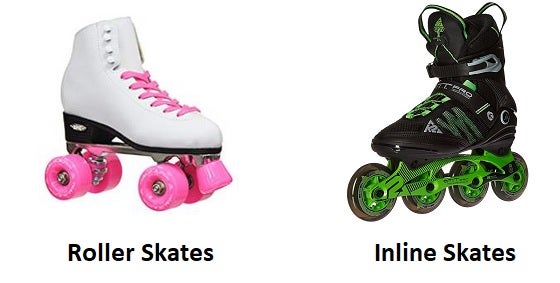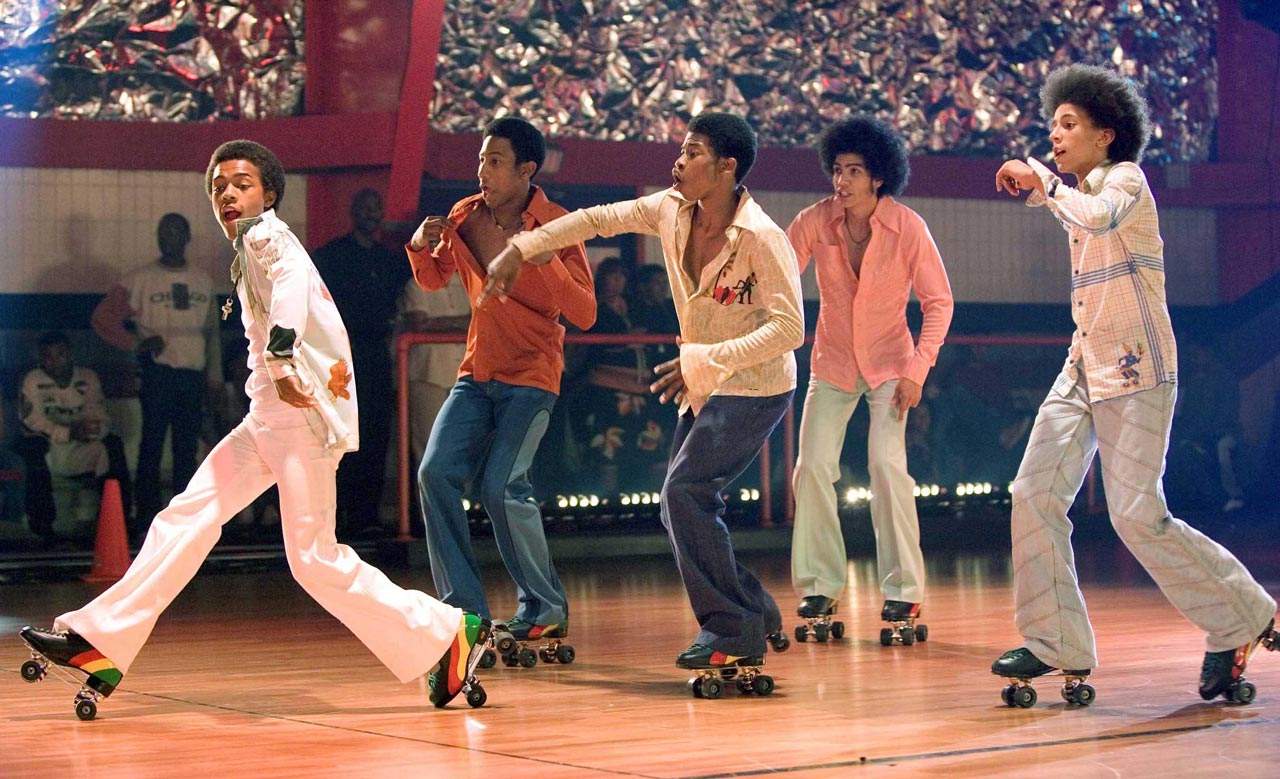From Disco Days to Competition Craze
An Introduction to Artistic Roller Skating
Do you remember the glorious disco days? Those were the days when the roller skating was the place to go as a pastime. As the years went by, roller skating became more than just a retro pastime. The skating rink became a place where family, friends, and just about anyone can come together to have a great time. You’re missing out big time if you’ve never been to a birthday party at the local roller skating growing up. But why does any of this even matter, you may wonder?
For 10 years of my life, I have roller-skated. While you may be thinking that I went to a roller skating rink for years just to roll around in circles, I actually did much more than that. I was a competitive roller skater, or as I like to call myself an artistic roller skater. What’s that you may ask? Well, you know the ice skaters you watch on TV competing at the Olympics? That’s exactly what I did, except on four wheels on a wooden floor. Amazing, right? I bet you haven’t heard about roller skating being a competitive sport. Well, let me introduce you to the world of artistic roller skating and how it came to be a sport that I have grown to love.
Now Hold Up—What Exactly Is Artistic Roller Skating?
Source: http://i0.kym-cdn.com/photos/images/facebook/000/263/315/da1.jpg
Like I mentioned before, artistic roller skating is quite similar to ice skating, although there are some differences. Artistic roller skaters generally use either quad or inline skates, with quad skates being the more traditional and common choice.
Source: https://www.outsidepursuits.com/wp-content/uploads/2017/04/Difference-between-roller-skates-and-inline-skates.jpg
There are three main disciplines in artistic roller skating:
- Figures
- Freestyle
- Dance
Figures is a discipline that requires skaters to retrace a series of figure patterns on a set of circles painted on the skating rink surface. While you may think that skating on a circle may sound easy, it’s actually quite hard when you add in a variety of difficult take-offs, edges, and turns. On top of that, you have to try to keep a thin line between your wheels. This requires a lot of body control, concentration, as well as accuracy.
Freestyle is the more commonly known discipline, and the one that attracts the most attention too. It’s a combination of jumps, spins, and footwork done to music to create a performance. Freestyle tends to be the big attention-getter because of all the “cool tricks” that skaters do.
As for dance, partners or individuals skate to arranged patterns and rhythms. Dance calls for timing, posture, accuracy, as well as musical expression from the skaters. Each dance has its own set of steps and patterns, and can be skated to a variety of “ballroom-type” music ranging from the blues, foxtrots, waltzes, to tangos, polkas and more.
Here’s a video of my skating partner and me skating our dance event at the 2015 National Championships!
Let’s Roll It Back To the Start
Before I go any further, let me give you a brief history on how roller skating started. So, the first person to create roller skates, was actually a man named John Merlin in the 1760s. He was quite a well-known inventor, but not so much of a skater, since he ended up crashing himself into a mirror and hurting himself badly.
In 1819, Monsieur Petitbled became the first person to patent roller skates. The skate he made were inline skates, with wooden soles, leather straps, and three wheels. It wasn’t the best skates, since you couldn’t really turn, but it was a start.
Source: http://www.rollerskatingmuseum.com/images/petibled.jpg
This finally brings us to James Leonard Plimpton, also known as the “Father of Modern Roller Skating”. With only inline skates being available for the longest time, Plimpton invented a new kind of roller skate in 1863. Finally, we had a four-wheeled roller skate that allowed skaters to turn.
Source: http://www.rollerskatingmuseum.com/images/plimpton_skate.jpg
Later on came the 1970s, and with it a boom in the roller skating industry. Together with the disco popularity, many adults were going to the roller skating rink. And by 1977, you had people everywhere skating to music.
Source: https://cdn.concreteplayground.com/content/uploads/2015/03/ROLL-BOUNCE-BOW-WOW01.jpg
After the disco era, the roller skating industry slowed down a bit in terms of growth. But it still became an activity that provides fitness and a lot of fun.
Lights, Sparkle, Skate!: The World of Competition
Artistic roller skating is rather a diverse sport. There are skaters of all ages, from all over the world, from the basic beginner to world-class champions. Although this sport may not be as popular as its ice counterpart, it still has a large number of skaters.
With the first roller Dance Championships in 1939, artistic roller skating competitions have come a long way. With local competitions, Regional Championships, and National Championships…there’s a lot in the competition world. But wait—it doesn’t stop there! Artistic roller skating has a World Championship too, in which the best skaters from all over the world come together to compete. Sadly, artistic roller skating is not an Olympic sport, which is one of the reasons it’s not a well-known sport.
Skating competitions, whether at the local, regional, national, or world level, requires a lot. Skaters spend hours and weeks at the skating rink dedicated to practice. Then, there are the skating costumes and skates, which plays a bit into the cost factor. You want to have good skates to practice and compete in, as well as beautiful costumes to wear. And, don’t forget about traveling to competitions. It’s quite intense if you take a step back and look at all the different parts. Especially, if you consider how a skater only has two to three minutes to prove their skating ability in front of the judges.
So Now What?
Even if you’re not interested in competing and learning the different disciplines, I still recommend grabbing a couple of friends someday and heading to the rink for a skating session. Just as it used to be a great pastime, it’s still a fun activity to do nowadays too. Who knows? Maybe you’ll get caught up in all the excitement around roller skating.
* Since I mentioned I used to roller skate, here are some more videos of my skating partner and me during my last year of skating at the 2015 National Championships:
Works Cited
Moore, Amy. “Roller Skating Facts You Might Not Know.” History and Evolution of Roller Skating, 2006, www.mooreamy.com/evolution/facts.htm.
National Museum of Roller Skating, 2010, www.rollerskatingmuseum.com/homework.html.
“Roller-Skating - Information.” WaytogoRI, secure.waytogori.org/Career_Planning/Career_Cluster_Profile/ClusterArticle.aspx?articleId=fyukfXAP2FPAXsj2MPdZdH9fcEs9QXAP3DPAXXAP3DPAX&cId=yJF7dgNzUI6xZl0h6IInegXAP3DPAXXAP3DPAX§ionId=1.
“USA Roller Sports Roller Figure Skating.” Team USA, USA Roller Sports, 12 Aug. 2016, www.teamusa.org/usa-roller-sports/figure.



I really like the four subheads you listed above. They are very straightforward, and I can easily sense what is going on in each section.
ReplyDeleteFor the introduction part, I kind of get lost of the connection between disco and roller skating because I have little knowledge about disco.
Nice writing. We can keep discussing during the class today.